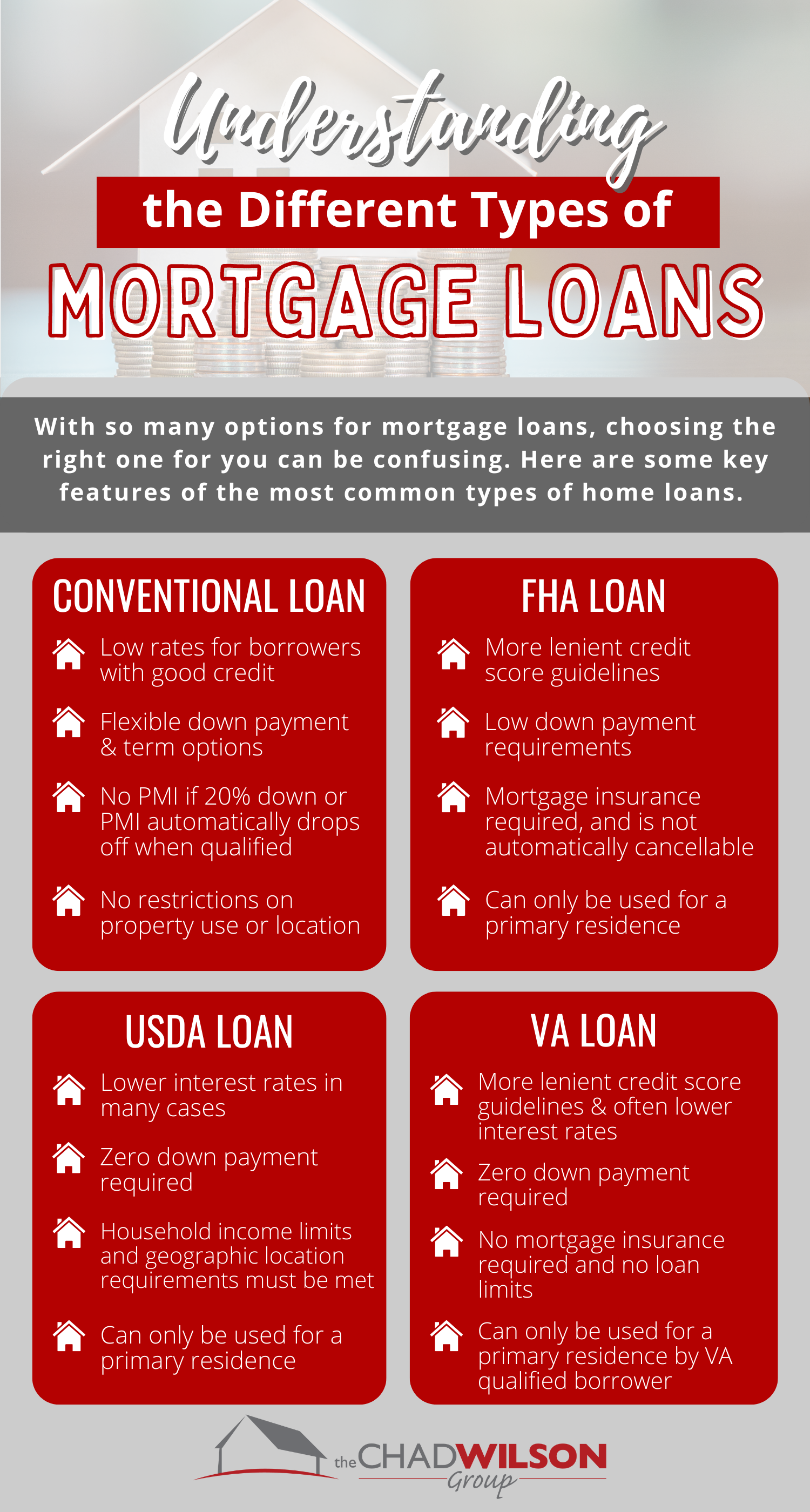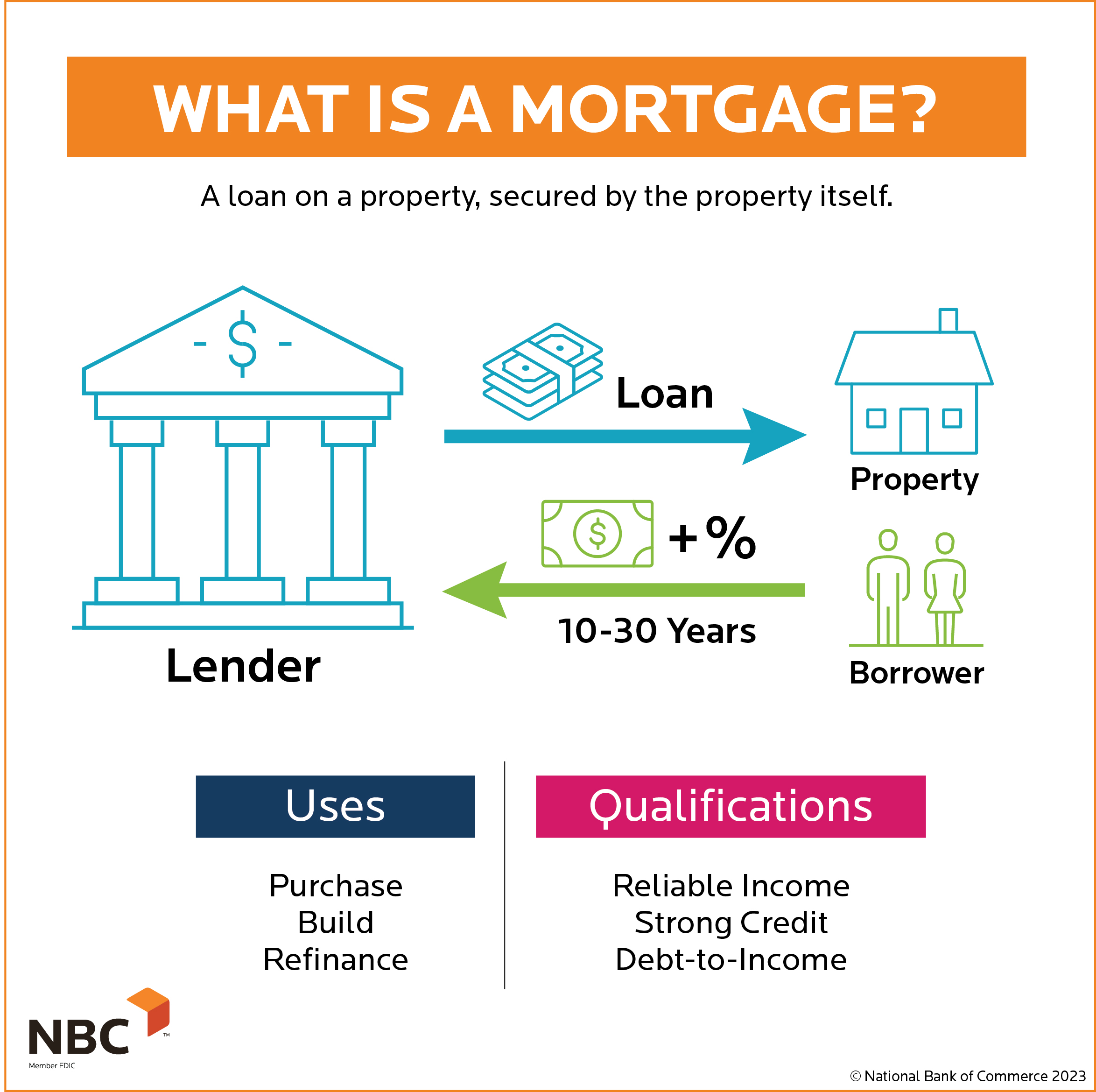Conventional Mortgage Loans: Just How They Compare to Other Car Loan Options
Conventional Mortgage Loans: Just How They Compare to Other Car Loan Options
Blog Article
The Vital Factors to Take Into Consideration When Picking Between Fixed-Rate and Variable-rate Mortgage Car Loans
When evaluating home loan options, customers deal with a pivotal choice in between adjustable-rate and fixed-rate lendings, each offering possible pitfalls and distinct benefits. Secret considerations such as interest rate security, predictability in monthly repayments, and the effects of prospective price modifications can significantly impact lasting financial health.
Rate Of Interest Security
When selecting a mortgage, comprehending interest price security is important for notified decision-making. Passion prices can substantially influence the general cost of a home mortgage, and acknowledging the nature of these prices is necessary for borrowers.
On the various other hand, variable-rate mortgages (ARMs) start with reduced preliminary rates that might transform occasionally based on market problems. While this can lead to reduced repayments at first, it likewise introduces unpredictability, as borrowers might encounter increased settlements if rate of interest prices climb. For those taking into consideration an ARM, it is essential to analyze the likelihood of price changes, the potential for settlement increases, and the length of the first fixed-rate period.
Inevitably, the option in between fixed-rate and adjustable-rate mortgages depends upon private threat tolerance and economic scenarios. Comprehending rate of interest stability helps customers make informed choices that straighten with their lasting economic objectives.
Month-to-month Repayment Predictability
While debtors typically focus on rate of interest stability, the predictability of monthly settlements is similarly important in the home mortgage choice process (Conventional mortgage loans). Month-to-month payment predictability plays an essential function in budgeting and financial preparation, as it straight affects a homeowner's cash money flow and general financial wellness
Fixed-rate home loans offer a regular monthly settlement throughout the life of the finance, enabling consumers to expect and plan their expenditures efficiently. This security can be particularly useful for novice buyers or those on a set income, as it removes the uncertainty related to changing payments.
Alternatively, variable-rate mortgages (ARMs) generally feature reduced preliminary repayments that can change over time, resulting in possible irregularity in month-to-month commitments. While originally enticing, this changability can make complex financial preparation, specifically if customers do not make up future rate changes.
Prospective Rate Adjustments
In the world of adjustable-rate home loans (ARMs), prospective price adjustments stand for a significant element that debtors have to thoroughly think about. Unlike fixed-rate home loans, where the rate of interest continues to be unmodified for the life of the funding, ARMs are identified by rising and fall rate of interest that are tied to market indices. This variability can result in considerable adjustments in month-to-month payments, impacting the borrower's financial planning and budgeting.
Borrowers have to be conscious of the margin and index used to compute these modifications, as they directly influence future interest prices. Furthermore, ARMs typically include caps that restrict how a lot the rate of interest price can boost at each adjustment and over the life of the financing, which can supply some degree of protection against radical rate walks.
Comprehending these possible adjustments is crucial for consumers, as they straight affect long-lasting payment responsibilities. For that reason, analyzing personal economic situations and run the risk of resistance is vital when deciding whether an ARM lines up with one's economic goals.
Loan Term Considerations
Car loan term considerations play an essential function in the decision-making process for customers choosing between fixed-rate and adjustable-rate mortgages. The length of the lending term substantially affects regular monthly repayments, rate of interest rates, and overall financial planning.

Eventually, customers should evaluate their personal circumstances, economic objectives, and market problems when weighing the ramifications of finance why not look here term selections within each home loan type.

Overall Price of Loaning
The total expense of borrowing is an important element that can considerably affect a borrower's selection in between adjustable-rate and fixed-rate home mortgages. Fixed-rate home mortgages use foreseeable monthly settlements, as the interest rate continues to be constant throughout the lending term. This predictability can result in reduced general prices, specifically in a steady or decreasing rate of interest environment. Debtors can spending plan properly, recognizing their settlements will not change.
On the other hand, adjustable-rate mortgages (ARMs) normally begin with lower preliminary prices, resulting in lowered ahead of time expenses. These rates can raise after a preliminary period, leading to possibly higher long-lasting expenses. Debtors should think about the frequency and degree of rate adjustments, as well as the total financing period, to accurately assess the financial effects.
Additionally, the overall expense of loaning encompasses not only interest rates however also charges and other connected costs, such as closing costs and insurance (Conventional mortgage loans). For that reason, when assessing mortgage alternatives, consumers must carry out a detailed expense evaluation over the life of the finance. By doing so, they can make an educated choice that straightens with their monetary goals Continue and risk resistance
Conclusion
In verdict, choosing in between fixed-rate and adjustable-rate mortgage requires mindful factor to consider of numerous crucial aspects. Rate of interest stability and month-to-month payment predictability are paramount for reliable budgeting, while the capacity for price modifications in ARMs presents economic unpredictability. Furthermore, the anticipated duration of homeownership and the total cost of borrowing, consisting of rate of interest and linked look at here now fees, have to align with individual economic situations and risk resistance. Such a detailed analysis will certainly facilitate enlightened decision-making in home loan choice.
Key factors to consider such as rate of interest price security, predictability in month-to-month payments, and the implications of potential rate changes can substantially influence long-lasting economic health. Rate of interest rates can considerably impact the overall cost of a mortgage, and recognizing the nature of these prices is important for customers. Unlike fixed-rate mortgages, where the interest price continues to be unmodified for the life of the loan, ARMs are identified by rising and fall passion prices that are connected to market indices. In addition, ARMs often include caps that limit exactly how a lot the rate of interest rate can raise at each modification and over the life of the car loan, which can supply some level of protection versus drastic rate hikes.
Rate of interest rate security and regular monthly settlement predictability are paramount for reliable budgeting, while the possibility for price modifications in ARMs presents financial uncertainty.
Report this page